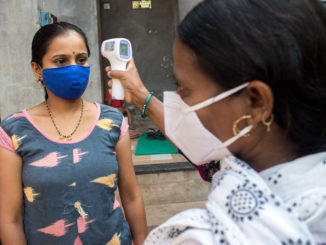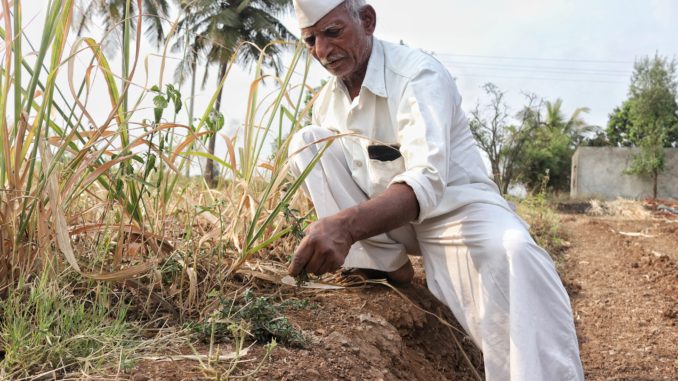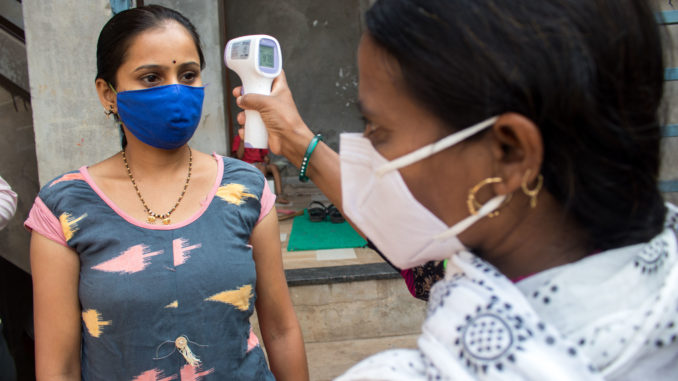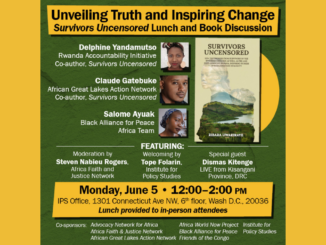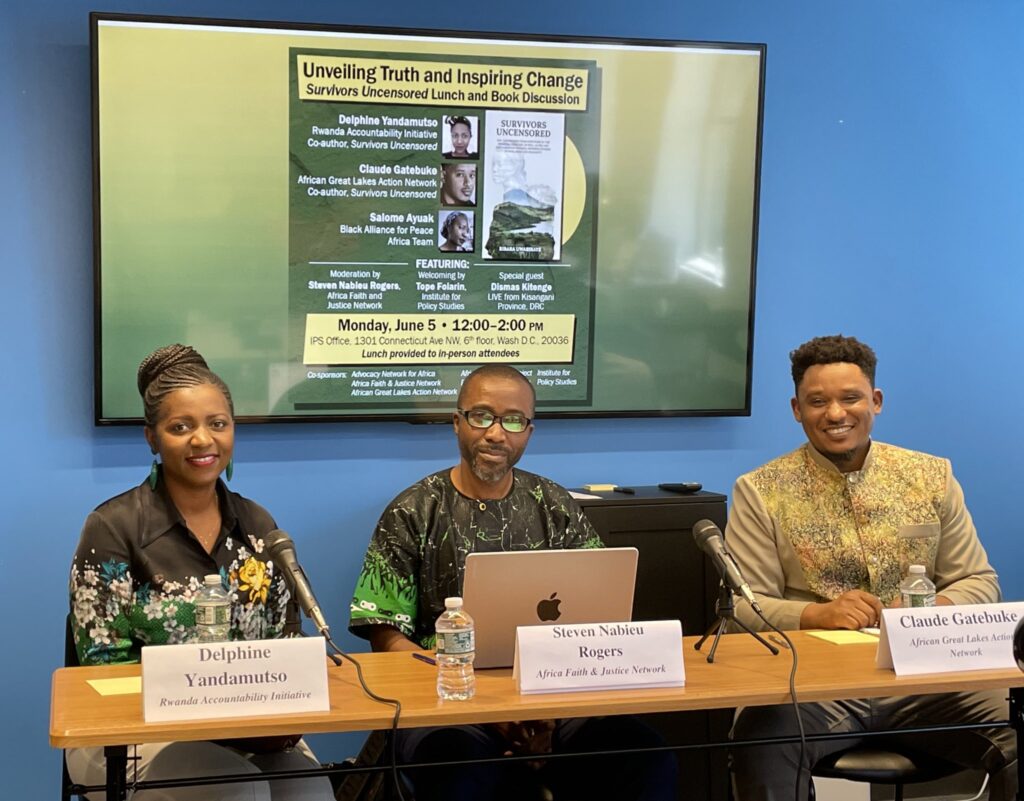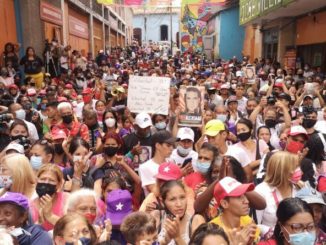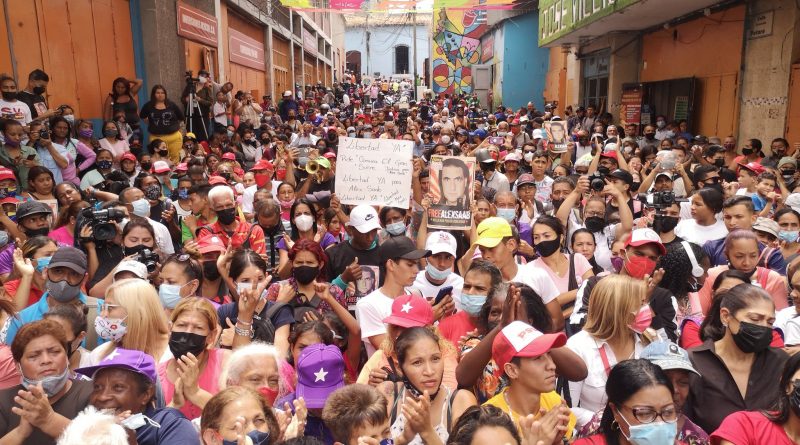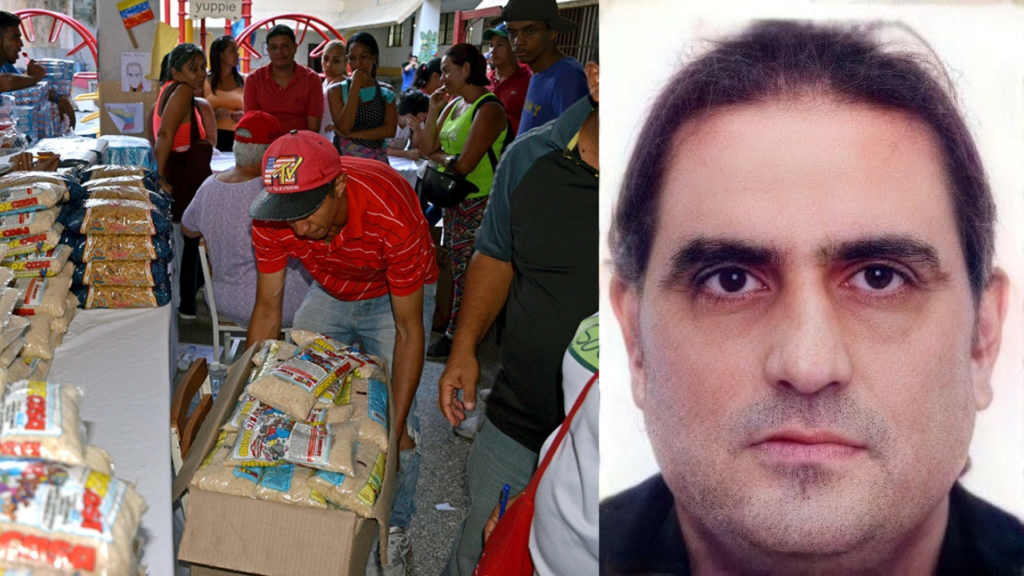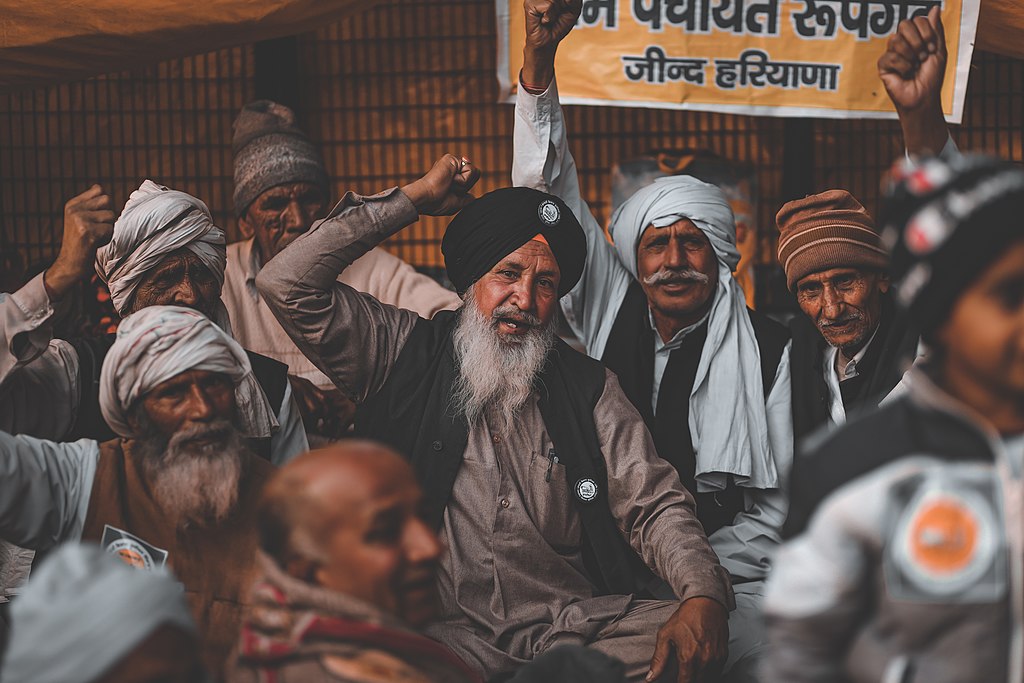
Editor’s Note: The following is the writer’s analysis.
November is a month of pleasant weather and festivities in India. But during the final week of this month last year, several hundred thousand farmers gathered on the borders of the National Capital Territory of Delhi—which contains the capital of New Delhi—to confront a huge police force.
They settled down at several points on the border, creating new townships and organizing huge langars, a Sikh concept that involves free meals cooked and eaten together as a community.
This protest sparked a general strike of 250 million Indian farmers as well as workers from other sectors, making it the largest known strike in the world.
Over 11 months have passed since then and farmers have maintained their protest sites, although at a smaller level, using this to inspire protests in other areas of India. The movement is the strongest in parts of northern India (states such as Punjab and Haryana, and the western portion of the state of Uttar Pradesh). But it has spread to other areas as well, thereby strengthening the overall opposition to India’s right-wing, sectarian ruling regime. While this movement has raised several demands, the most persistent one has been for the repeal of three highly controversial farm laws, which were passed in 2020, bypassing normal parliamentary procedures.
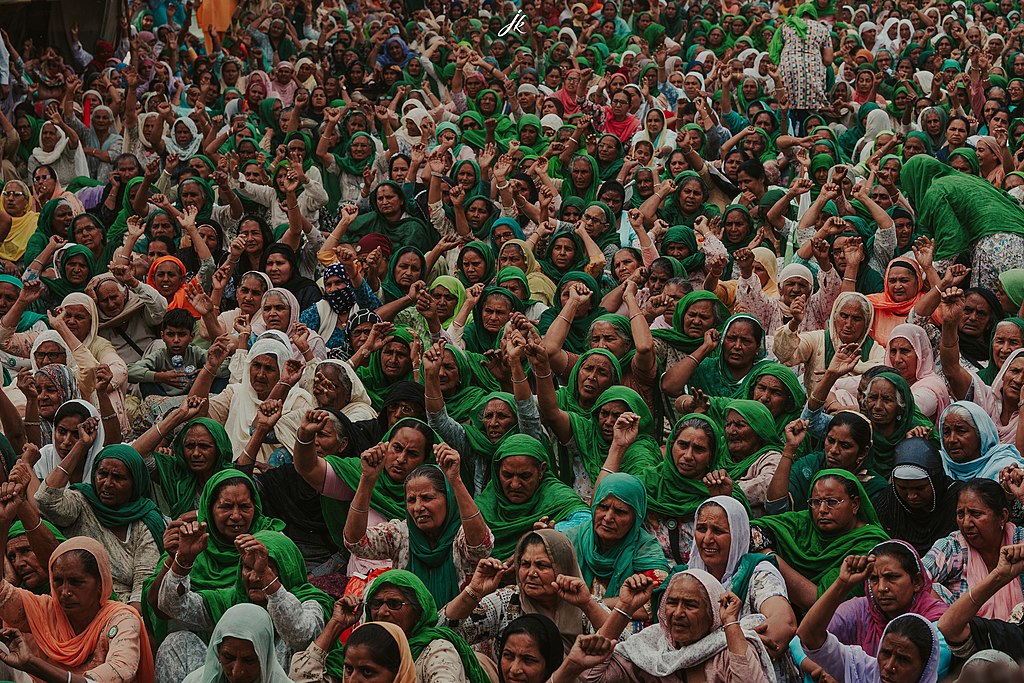
The farmers say—and several experts back these claims—that these new farm laws greatly increase the possibility of corporate control over the Indian farming and food system. One law strengthens the contract farming system in favor of corporate interests and against farmers. The second law increases possibilities for big corporations to hoard huge quantities of important crops and hence manipulate and dominate their market. The third law weakens the existing procurement farming system while facilitating a new, unregulated tax-free purchase system, which big business can easily dominate. Both local crony capitalists and big multinational agribusiness companies are likely to use these new opportunities to increase their domination, while also entering into collaboration to corner small farmers.
Allowing big business to dominate India’s food and farm system would be a culmination of trends witnessed in recent decades. The advent of Green Revolution seeds promoted by Western—particularly U.S.—pressure opened up Indian farming to big business, but led to an increase in pollution and soil degradation caused by chemical fertilizers and pesticides, escalated costs to farmers, lowered food quality, and the loss of biodiversity as local seeds and mixed farming systems were uprooted. Objections voiced by the most senior farm scientist, Dr. R.H. Richharia, director of the Central Rice Research Institute, were brushed aside with a heavy hand and he was rudely removed from his job.
The next stage of corporate domination came with the ushering in of the World Trade Organization regime, with its rules for international trade and patents. This could not be stopped, but resistance efforts helped save some safeguards for farmers.
The third stage came with the advent of genetically modified (GMO) crops, including the Bt Cotton crop. Next, efforts were taken to introduce GMO technology to grow several food crops, starting with brinjal (eggplant or aubergine) and mustard. A Monsanto partner mounted an aggressive campaign for spreading GMO brinjal, which would have paved the way for GMO technology to produce other food crops. However, a strong resistance movement opposed this and, so far, GMO food crops have been resisted more or less successfully. Professor Pushpa Bhargava, an acclaimed scientist to whom the Indian Supreme Court offered a special advisory role on this issue, warned, “The ultimate aim of this attempt of which the leader is Monsanto, is to obtain control over Indian agriculture and thus food production.”
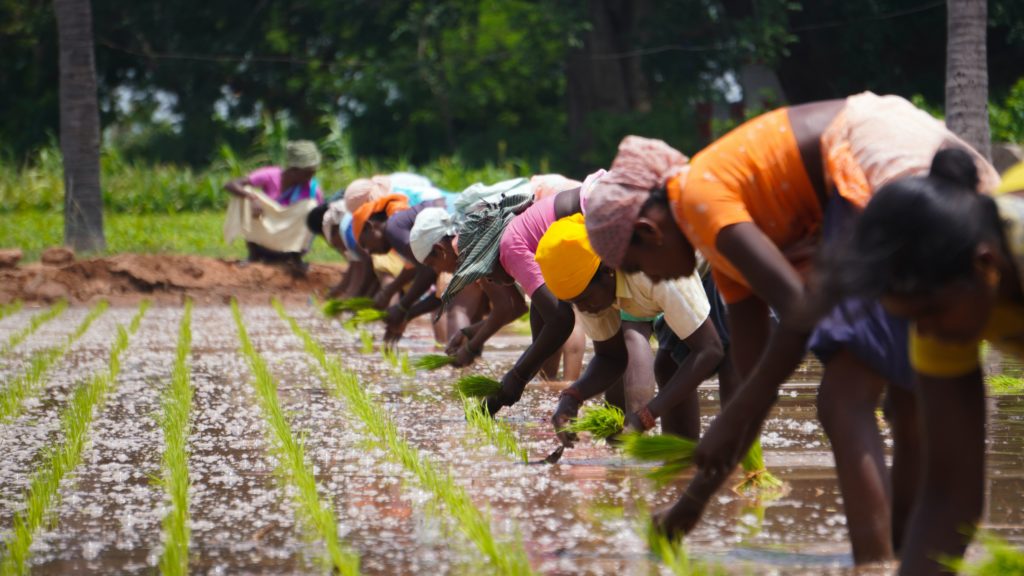
The longer term trend has been for big agribusiness to try to dominate the Indian farming scene, although this has been resisted with varying success by farmers and activists at different stages. Building on this previous strength, many farmer organizations have shown greater unity and resilience this time for a more determined resistance.
This growing resistance may be one reason why the open announcement of the India-United States free trade agreement (FTA) has been postponed. Earlier prolonged negotiations for India’s proposed FTA with the European Union had to be called off due to strong objections raised by farmers, particularly dairy farmers.
Such fears are even more pronounced in the context of negotiations for FTA with the United States, which have been even less transparent than the European negotiations.
Sections of Indian bourgeois media have been speculating the FTA with the United States will be introduced in stages. Meanwhile, farmers’ concerns have been confirmed by other recent government decisions as well. Recent moves for mandatory protection of staple foods have been opposed in favor of facilitating the growing big-business domination of food processing and a setback to existing systems, which protect farmers and small processors from the pressures of a less regulated market. The Indian government also recently advocated for palm fruit trees to increase edible oil production, which has been criticized for harming the interests of millions of traditional oilseed farmers and disrupting the biodiversity and ecology of areas where palm-oil plantations are planning to be introduced on a mass scale.
Nearly two-thirds of India’s 1.38 billion people remain linked to rural livelihoods. Approximately 115 million farmer households can be counted in India, most of them small family farms. The growing big-business intrusion has led to an ever-escalating rise in farming costs and debt, in turn leading to ordinary farmers losing their land. According to census data, farmers have been turning into landless households at the rate of 100 per hour. From a global perspective, this is part of the worldwide struggle to save small farmer communities. The movement can gain traction if protesting farmers include the concerns of landless rural households, who now comprise almost half of households in the Indian countryside. Another widely felt need is for this movement to move toward ecologically protective farming, the importance of which has increased as the global climate changes.
Bharat Dogra is Honorary Convener of the Campaign to Save Earth Now. He has been involved with several social movements in India. Dogra’s most recent books include Man Over Machine and Planet in Peril.

